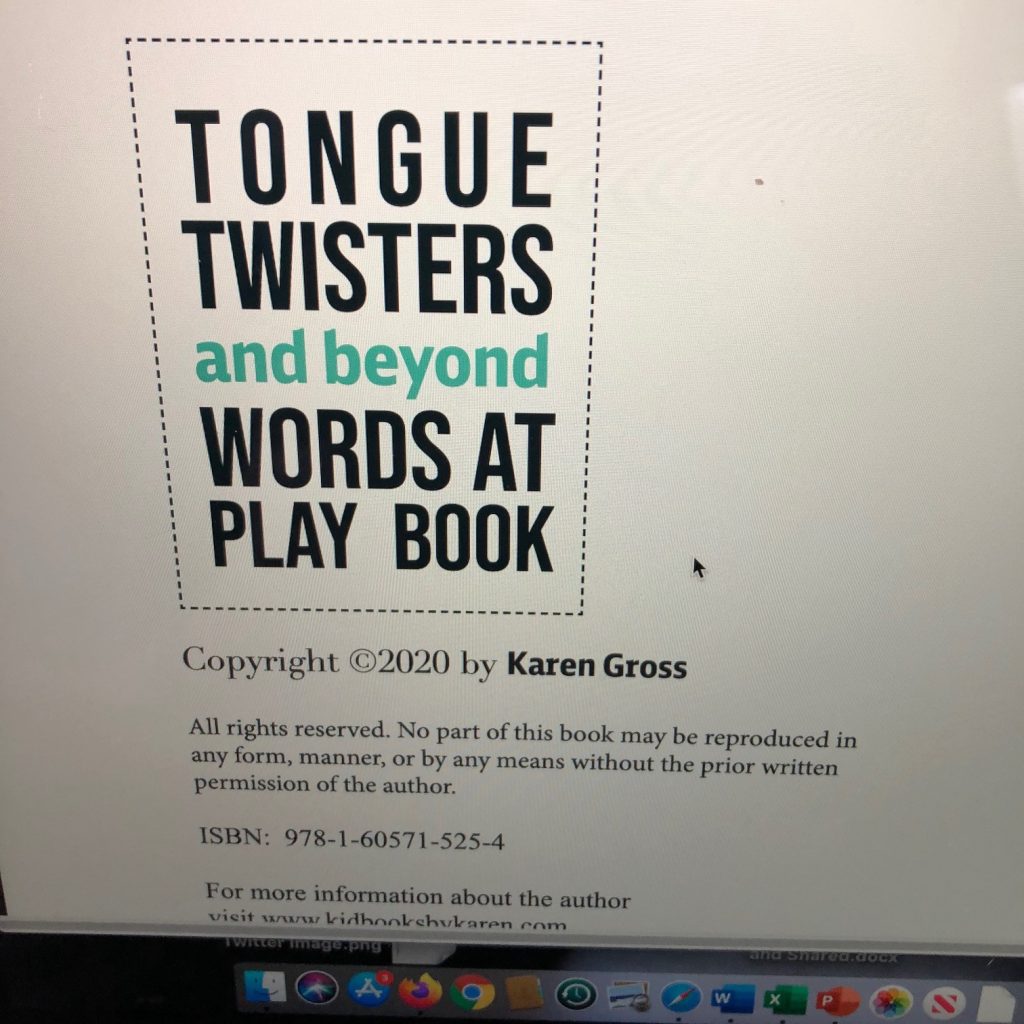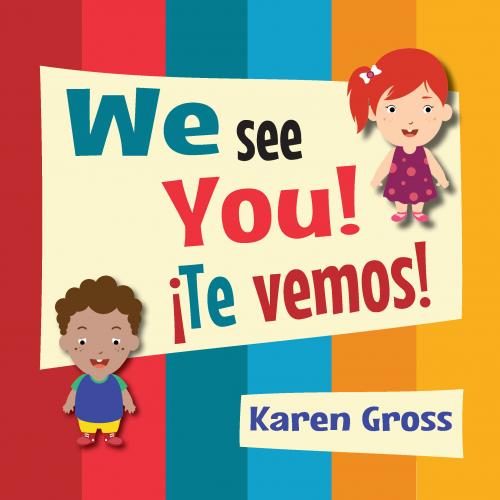Author
Educator
My work is focused on solutions to help students, educators, administrators and community members and their organizations/institutions thrive, not just survive.


In Japanese culture, there is a tradition that when things break, they are not discarded. They are repaired with gold and accompanied with the phrase: More Beautiful for Being Broken. Hold that thought.
School Reopening Confusion (to state it nicely)
There is deep confusion about schools reopening this fall. Some schools are doing totally online learning. Others are having in person learning. Still others are using a hybrid approach. All involved in education are experiencing anxiety of one sort or another. Teachers and professors are worried about their own health and that of their families. Parents are worried about the health of their children and how the working parents will manage complex school schedules. Some are worried about the quality of education that will be provided, particularly in the context of online learning. Students are worried too; they have not been in school for a while. There will be new rules if school is in person; they may not be up to speed academically; sports and play seem like they will be missing. Some kids realize that they simply cannot adapt to online learning and they will fall farther behind; they won’t attend or they won’t engage.
It’s quite the mess. And, we have not done sufficient professional development in anticipation of reopening — in whatever form it takes. We have been so focused on physical well being that psychological well being has taken a back seat, if it is in the car at all. And, while we can differ as to the definition of trauma in the educational context, perhaps we can agree that many students and teachers and parents are experiencing trauma now — with the pandemic and with the racial tensions and with the economic uncertainty and with no end in sight on which we can rely.
Add to all this that whatever planning has been done has often not been inclusive. It has involved some groups within the educational community and not others. Think about planning the return to school without active involvement of school nurses. Think about decisions made at the superintendent level, bypassing teachers and just informing them of this and that decision. Think about not engaging older students at the college level. Ponder the NCAA not taking any strong positions or creating any coordinating committee for collegiate sports. It is a problem with many tentacles. Some decisions are made by too few. Some are abdicating decision-making. We are losing our balance.
Solutions: Yes, They Exist
It is not too late to ponder giving teachers and parents more tools to help them cope with their own trauma and that of their students/children. These tools exist but the problem is that we have not shared these tools widely among teachers. To that end, here are some tools that I have created (one with Dr. Ed Wang), all of which will be available before the start of school (assuming restart is in September). They are offered here, not in order of importance or value or utility. They are offered as ways teachers and parents/caregivers can help students get ready learn, to engage. These are tools to help control the autonomic nervous system responses. These are tools that use our knowledge about trauma’s impact on our brains and our bodies. These are tools that can help us now.
1.
Consider purchasing this right-priced book: Tongue Twisters and Beyond: Words at Play. It can be preordered at www.northshire.com or on Amazon. Bulk sales available too from Northshire Books. The book is filled with tongue twisters and word games and spoonerisms. Students can read in shapes (yes really). And tongue twisters (which are actually brain twisters) allow us to laugh and make mistakes — adults and children alike. They open neural pathways; they enable distraction and at the same time, they involve learning. There are new words and efforts to enunciate and bring creativity into play.

2.
Consider downloading The Feeling Alphabet Activity Set (co-authored with Dr. Ed Wang). This allows students (and parents/teachers) to identify their negative and positive feelings. The point is that the start of addressing trauma is to name what one is occurring within oneself and recognize what one is feeling. There is no way to tame trauma (and feelings) if you can’t name it (them). This activity set also has a myriad of suggestions for play too — coloring in letters (or copying their design), charades, feeling word searches, feeling thought bubbles. It will be available on www.karengrosseducation.com at the end of August, and it too will be right priced to make it accessible to many.

3.
There are instructions for completing Trauma Responsive Tool Boxes, which can be filled with a myriad of different items that can be adapted to the age and stage of the user. Use of what’s in the toolbox is beneficial but so is just seeing the tool box and recognizing that others see what is occurring and have a name for it and own it and recognize it. Completed toolbox samples will also be available. These will be at www.karengrosseducation.com.

4.
Consider purchasing We See You/Te Vemos. This is a bilingual book (English and Spanish) that is printed on indestructible paper. Perfect for the pandemic — it can be cleaned off and wiped down. It can be read to and with younger children. It can be used with older children to learn a new language. It has suggestions in English and Spanish for games that are keyed into the book. Then, there are multi-racial characters and the theme is object constancy, something that is critical in this time of change and loss and separation. It is available at Amazon and www.northshire.com.

5.
For adults who want to learn more about trauma and trauma symptomology and strategies for its amelioration (it never disappears), there is my new adult book: Trauma Doesn’t Stop at the School Door: Strategies and Solutions for Educators PreK-College. It was released on June 22, 2020 by Teachers College Press and is available through them at www.tcpress.com/karen-gross or at Amazon. There is an ebook version too. The key to the book is that it grounds theory in practice and has concrete suggestions that can be replicated and scaled and adopted or adapted.

Consider these all a starter set of suggestions for things that can be used with and for students and adults to ease school re-entry. Consider them ways to alleviate trauma symptomology. Consider them as tools that are trauma responsive.
To return to the opening image and Kinsugi reference, I want to note that there are ways to address trauma and its symptoms. And while we never bounce back to where we were, we can bounce forward. The described tools give me hope — hope that we can navigate these troubled time and facilitate student academic and psychosocial success. Perhaps these tools can be items that message: more beautiful for being broken.
